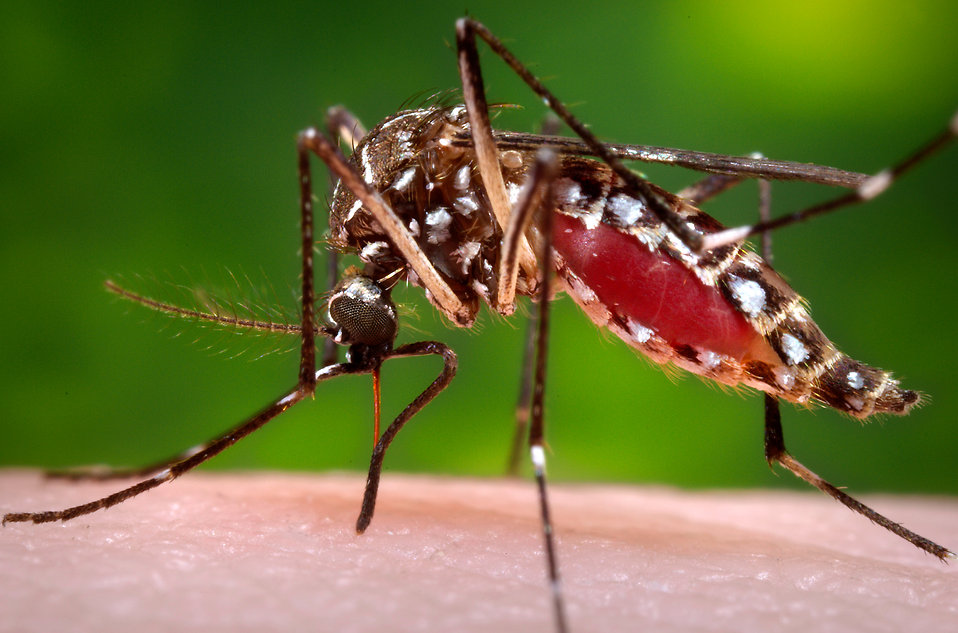The Zika virus was originally discovered by the Rockefeller Foundation between 1947 and 1953, and it can be purchased online.
While US President Barack Obama signed the controversial TPP deal last week, and a New Zealand minister was attacked by a flying dildo, most of the world’s attention was on the media blitz concerning the Zika virus outbreak, which has led the Center for Disease Control (CDC) to issue travel warnings throughout Latin America.
According to Reuters, “much remains unknown about Zika,” and that “six out of 10 Americans aware of Zika said the virus ‘concerned’ them.”
However, with a little more investigation, there is actually a lot that does remain known about the virus, including its origins and the technology to potentially cure it.
For example, the Zika virus was first known to the Rockefeller Foundation between 1947 and 1953, and has been available to purchase through two major laboratories; one in the UK and one in the US.
In the US, that company is ATCC, and you can purchase the freeze-dried virus for $516 or $430 if you work for a non-profit.
According to ATCC, “The virus was deposited into ATCC by Dr. Jordi Casals of the Rockefeller Foundation Virus Laboratory in 1953. The original source was isolated in 1947 from the blood of an experimental forest sentinel rhesus monkey in Uganda.”
“In 1952, Dr. Casals joined the Rockefeller Foundation. It supported field stations around the world where scientists collected samples from people and animals and sent them to Dr. Casals, asking his team to identify them,” according to the New York Times.
If you’re in the UK, unfortunately the virus, available through bei RESOURCES, is “out of stock,” however, you could probably book a trip to Brazil and catch it for yourself.
So, if the virus was “discovered” in 1947 and is available for sale, why then is President Obama preparing to ask Congress to spend $1.8 billion in emergency funding to fight the Zika virus when all of the technology already exists to potentially cure it?
Has ATCC been selling the virus without any known cure to “qualified researchers and laboratories,” or does the cure already exist?
According to the CDC, “There is no vaccine to prevent or specific medicine to treat Zika infections.”
They do mention; however, how to treat the various symptoms.
One solution to the virus proposed by molecular biologist Anthony James at the University of California, Irvine, is to utilize a technology called a “gene drive.”
According to James, it uses the “gene-snipping technology CRISPR to force a genetic change to spread through a population [mosquitoes] as it reproduces.”
“We could have it easily within a year,” said James.
However, the “gene drive” is not without controversy, and “self-annihilating mosquitoes will first have to undergo tests in the lab, then perhaps on an island, before they could be released more broadly.”
With all the bureaucracy and red tape in place, the debate is divided between the “Gene-Drivers” and the “Eradicators.”
According to Mike Adams, Health Ranger for NaturalNews, the most crucial bit of news to take away from the whole Zika epidemic is how readily available it is for sale, and the potential for nefariously-motivated bioterrorism by outside parties.
While Adams iterated the importance of scientific research into the virus, he added, “I believe we need a much more serious national discussion about the ease at which some of these viral strains can be acquired.”
“If evil, profit-driven corporations can pull off acts of corporate sabotage using microbes like E.coli [in Chipotle restaurants], imagine the havoc they could unleash if they wanted to unleash Zika virus in a place like Miami. It’s worth noting that we’ve already seen shocking statements from many scientists about their desire to use genetically engineered viral strains to accomplish global depopulation goals,” said Adams.
As it stands, the World Health Organization (WHO) estimates that some four million people in Latin America could be infected with the virus this year if no intervention efforts are made.












